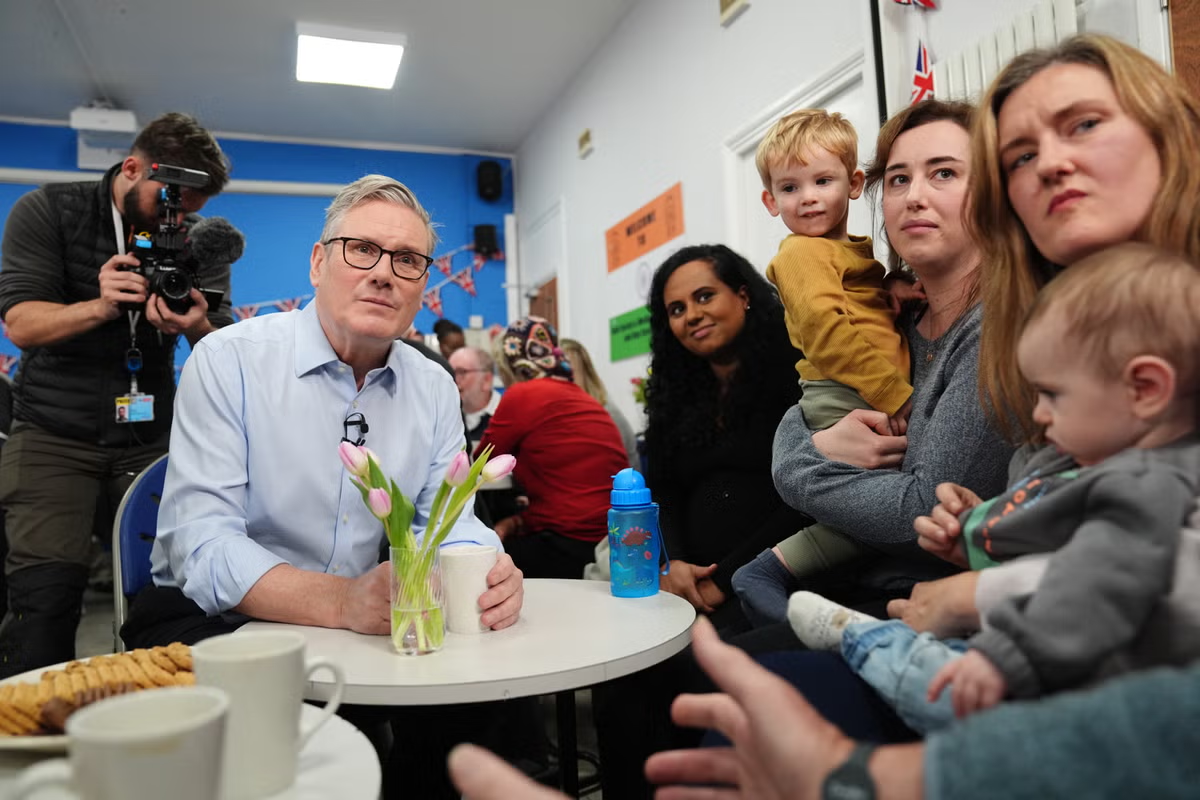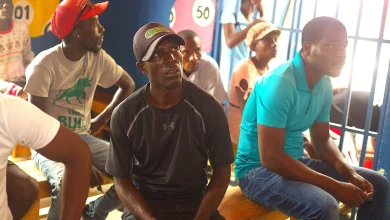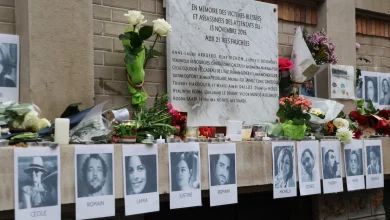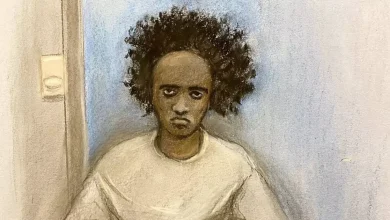Two-child benefit cap a ‘failed social experiment’ that had to go, PM says

Sign up for the View from Westminster email for expert analysis straight to your inbox
Get our free View from Westminster email
Get our free View from Westminster email
Keir Starmer has fiercely criticised the two-child benefit cap, labelling it a “failed social experiment” following Rachel Reeves’ announcement of its abolition within her Budget.
The Prime Minister leader argued that scrapping the limit, projected to cost £3 billion by the end of the Parliament, would lift hundreds of thousands of children out of poverty , calling it “an investment in Britain’s future”.
However, critics of Labour’s plan have contended that the Shadow Chancellor made “wrong choices” in her Budget by combining tax increases with expanded welfare spending, suggesting that individuals should consider their finances when deciding on family size.
Starmer reiterated his condemnation of the cap, asserting that its supporters stood for “moral failure and an economic disaster”. He added: “This Government is picking up the tab for a failed social experiment which has punished working families and directly pushed hundreds of thousands of children into poverty.”
“We’re not going to stand by and let more children needlessly be dragged into hardship.
“The record highs of child poverty in this country aren’t just numbers on a spreadsheet – they mean millions of children are going to bed hungry, falling behind at school, and growing up believing that a better future is out of reach despite their parents doing everything right.
“That is a moral failure and an economic disaster. That is what those defending this policy are standing for.”
The two-child limit – first announced in 2015 by the Conservatives and which came into effect in 2017 – restricts child tax credit and universal credit (UC) to the first two children in most households.
The government believes lifting the limit will pull 450,000 children out of poverty
The Tories have said they would reinstate the cap if they came into power.
The government believes lifting the limit will pull 450,000 children out of poverty, which it argues will ultimately help reduce costs by preventing knock-on issues like poor health, dependency on welfare, or people struggling to find a decent job.
Education Secretary Bridget Phillipson said that for too long poverty had been an “immovable barrier to opportunity” and “now, we’re breaking it down”.
Ditching the cap will cost about £3 billion at the end of this Parliament, according to the Office for Budget Responsibility.
The move appeared to have calmed discontented backbenchers and anti-poverty campaigners after months of pressure including from within Labour ranks to abandon the Tory policy.
Conservative former chancellor Sir Jeremy Hunt argued that abolishing the cap was “totally unfair” and claimed it would result in “more children, not less, living in the structural poverty caused when there are no adults in the household at work”.
Tory shadow chancellor Mel Stride said keeping the cap was the “responsible” thing to do, describing Ms Reeves’ autumn statement as a “Budget for welfare, not work.”
The change means families, from April 2026, can receive the child element of UC for all children regardless of family size.
The OBR said it will lead to an estimated 560,000 families seeing an increase in their UC award averaging £5,310 per year.
Alison Garnham, chief executive, Child Poverty Action Group, said the decision “will strengthen our nation” while chief executive of the Children’s Society, Mark Russell, hailed a “game-changing moment for children”.
Dan Paskins, executive director of UK impact at Save the Children UK, said: “The Government is right to recognise that children have paid the price of a poorly thought-out policy for far too long.
“We warmly welcome this momentous change and the leadership that the Prime Minister and Chancellor are showing.”





